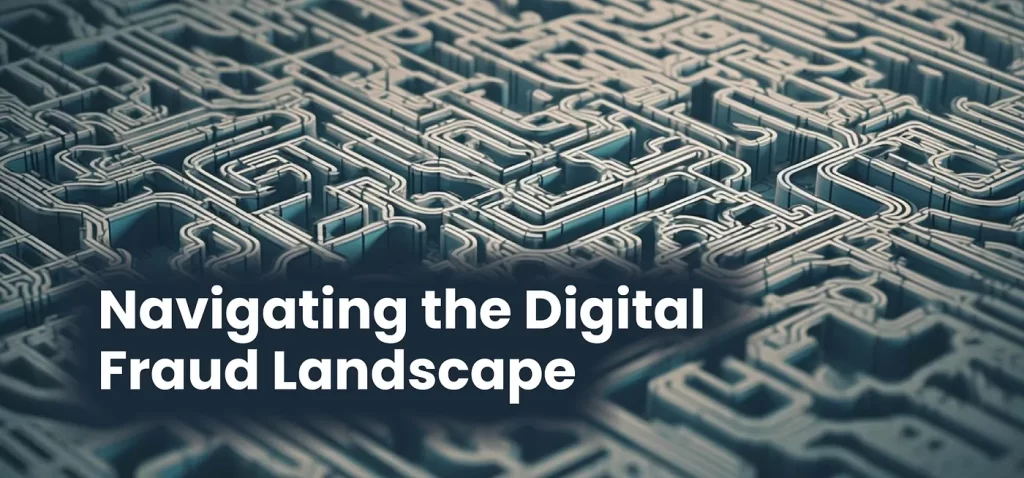Navigating the Digital Fraud Landscape: How Wibmo’s Trident FRM Empowers Merchants to Combat Fraud and Enhance Customer Trust
The Evolving Landscape of Digital FraudFrom phishing scams to elaborate whaling tactics, digital fraud has become increasingly sophisticated, posing significant threats to both consumers and merchants. Fraudsters adeptly exploit vulnerabilities and leverage stolen data to infiltrate webstores, perpetrating fraudulent activities with alarming ease. The Merchant DilemmaFor merchants, the prevalence of digital fraud presents a formidable challenge. Distinguishing genuine customers from fraudulent ones requires meticulous scrutiny, potentially introducing friction into the checkout process. However, striking the right balance between security and user experience is paramount, as excessive checks can deter consumers accustomed to seamless, one-click purchasing. Trident Fraud Risk Management (FRM) by WibmoIn response to the escalating threat landscape, Wibmo presents Trident FRM, a groundbreaking solution poised to revolutionize digital identity validation and verification. With real-time payments gaining prominence, the ability to swiftly discern between legitimate customers and bad actors has become indispensable. The Multilayered Approach of Trident FRMTrident FRM adopts a multilayered approach to fraud orchestration, leveraging cutting-edge technology and advanced analytics to accurately ascertain digital identities while maintaining efficiency and security. By seamlessly integrating with existing systems, Trident FRM establishes a framework of trust and security, empowering merchants to embrace real-time payments with confidence. Comprehensive Insights Across the Customer JourneyBeyond transactional validation, Trident FRM offers insights that span the entire customer journey. From initial discovery to final delivery, Trident FRM provides comprehensive coverage, mitigating risks and enhancing trust at every touchpoint. Empowering Merchants in a Fraught LandscapeIn a landscape fraught with fraudulent activities, Trident FRM emerges as a beacon of resilience and reliability, equipping merchants with the tools needed to navigate digital commerce with confidence. With Trident FRM, merchants can unlock new possibilities, safeguarding their businesses against fraud while fostering seamless, secure shopper experiences. Key Considerations for MerchantsAs merchants navigate the complex realm of fraud prevention solutions, several key considerations must be taken into account: — Accessibility to a robust ecosystem of security partners and technologies. — Enhanced visibility and access to industry-wide intelligence. — Flexibility and scalability to align with evolving business needs. — Option for a trial period to evaluate efficacy before commitment. — Complementarity with existing anti-fraud investments and optimization of ROI. — Provision of performance guarantees and benchmarks for reliability and efficacy. — Adaptive machine learning capabilities responsive to evolving fraud tactics. — Evaluation of true costs and benefits, including potential revenue loss from false declines. — Complementarity with authentication efforts, particularly in the era of 3D Secure. Merchant Fraud Facts and StatisticsAccording to the 2023 MRC Global Payments and Fraud Report, merchant fraud continues to pose significant challenges, with 71% of merchants experiencing an increase in fraud attempts over the past year. Additionally, the report highlights that false declines cost merchants an estimated $443 billion in potential sales annually, underscoring the importance of striking the right balance between fraud prevention and user experience. Furthermore, research by Juniper Research forecasts that global online payment fraud losses will exceed $20 billion by 2024, highlighting the urgent need for robust fraud prevention measures in the digital commerce landscape. In this context, solutions like Trident FRM play a crucial role in mitigating fraud risks and safeguarding merchants against financial losses. With digital commerce continuing to expand rapidly, merchants must prioritize fraud prevention strategies that not only protect their businesses but also enhance the overall shopping experience for consumers. Through innovative solutions like Trident FRM, merchants can navigate the complexities of digital fraud with confidence, ensuring the integrity and security of their online transactions. Author: Animesh Jha, Vice President — Fraud & Risk Management Wibmo A PayU/Naspers FinTech Company 'Ecommerce'], 'Fraud Detection'], 'Fraud Prevention', 'Merchant Services', ['Digital Frauds'



